Peripheral Vascular Disease Usmle
Peripheral vascular disease usmle. Systemic Peripheral Vascular. Epidemiology demographics affects older patients. Feet and Ankles Lower leg feet greatest risk atherosclerosis in particular if vascular dz.
A 65-year-old man with a history of peripheral vascular disease develops thromboembolic disease in his left leg accompanied by dry gangrene. A syndrome resulting from chronic peripheral artery disease of the aortic bifurcation characterized by in claudication of the buttocks absent femoral pulses and sexual impotence. Despite this PVD remains a disease with which many clinicians are unfamiliar.
M2CV174690 A 65-year-old man with a past medical history of anterior myocardial infarction peripheral arterial disease and known patent foramen ovale presents to the emergency department after being found down from a fall on the sidewalk in the middle of winter. Patients at increased risk for PAD include patients aged 65 years those with other risk factors for atherosclerosis eg diabetes any smoking history hyperlipidemia hypertension a family history. Peripheral arterial disease is characterized by narrowing and in final stages occlusion of the peripheral arteries due to atherosclerotic plaques.
He states that his right leg feels numb and painful at the same time. End of Life Care Decisions. Peripheral Vascular Disease helps medical professionals of different backgrounds and training apply resources adequately to benefit individual patients.
Important risk factors include hypertension diabetes mellitus hyperlipidemia and advanced age. OSCE Notes Online Your Source for NAC OSCE USMLE CS MCCQE II and your medical school OSCE exam notes. IC is commonly localized to the thigh hip buttock and calf muscles.
Peripheral Blood Smears Type of Cell Underlying Change Disease States Acanthocyte spur cell Altered cell membrane lipids Abetalipoproteinemia liver disease postsplenectomy Bite Cell degmacyte Heinz body pitting by spleen G6PD deficiency drug-induced oxidant hemolysis. Smoking is the most important risk factor for developing PAD. Pain within these muscle groups is reproducibly induced by.
About OSCE Notes. An ECG in this patient is most likely to show which of the following.
Peripheral Blood Smears Type of Cell Underlying Change Disease States Acanthocyte spur cell Altered cell membrane lipids Abetalipoproteinemia liver disease postsplenectomy Bite Cell degmacyte Heinz body pitting by spleen G6PD deficiency drug-induced oxidant hemolysis.
Ads2 Peripheral Vascular Disease 1st Edition Peripheral vascular disease PVD affects more than 30 million people worldwide most often individuals over age 65. Peripheral vascular diseases are a significant cause of morbidity and limb loss in the United States. Normal and Abnormal Labour. Pain within these muscle groups is reproducibly induced by. Systemic Peripheral Vascular. United States Medical Licensing Examination. Patients at increased risk for PAD include patients aged 65 years those with other risk factors for atherosclerosis eg diabetes any smoking history hyperlipidemia hypertension a family history. Epidemiology demographics affects older patients. In contrast small vessel changes generally lead to more diffuse lesions.
Peripheral vascular diseases are a significant cause of morbidity and limb loss in the United States. About OSCE Notes. Large vessel changes primarily lead to thrombotic andor embolic vascular occlusion resulting in localized infarctions. In men older than 50 years vascular diseases such as atherosclerosis peripheral vascular diseases hypertension and coronary vascular diseases are considered the main causes of new onset of erectile dysfunction. Peripheral Vascular Disease OSCE Notes. Peripheral vascular diseases are a significant cause of morbidity and limb loss in the United States. IC is a common manifestation of peripheral arterial disease PAD which includes atherosclerotic stenosis of arteries in the extremities.





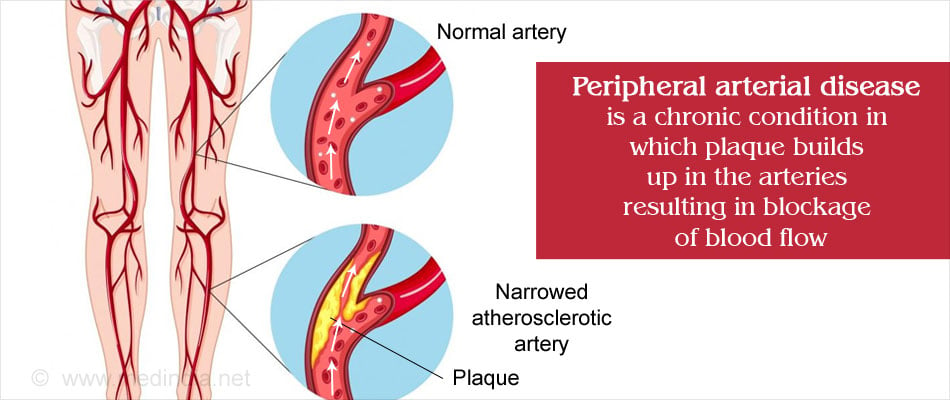
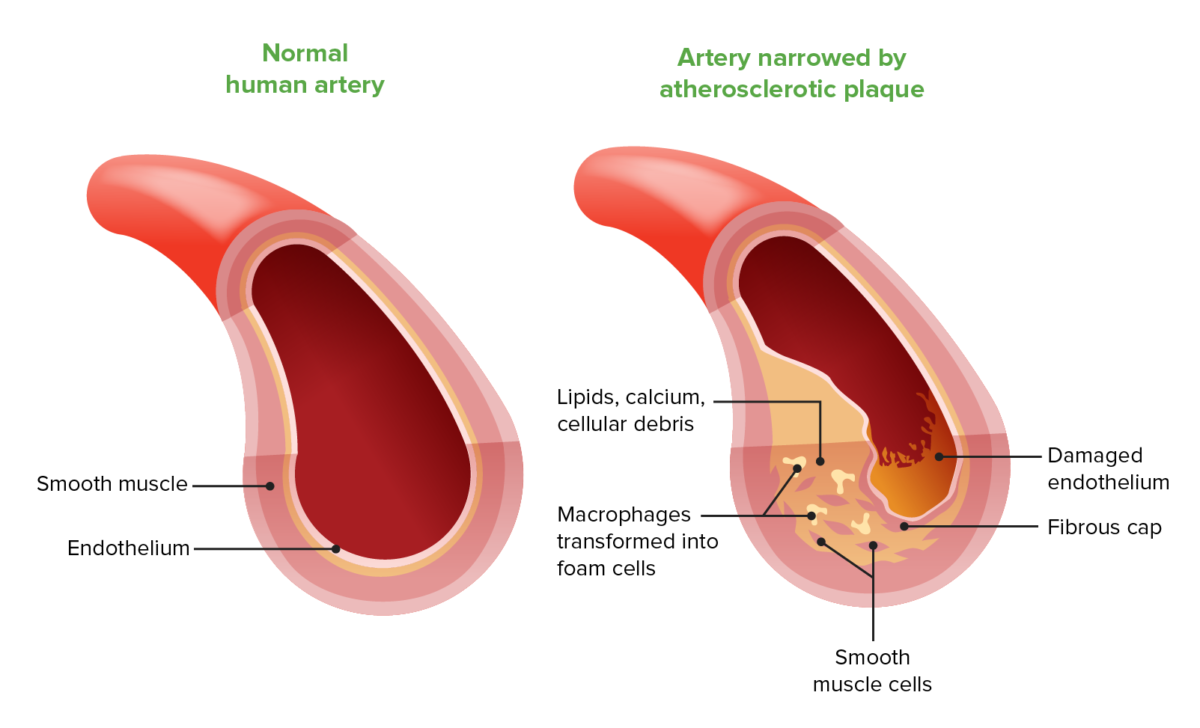









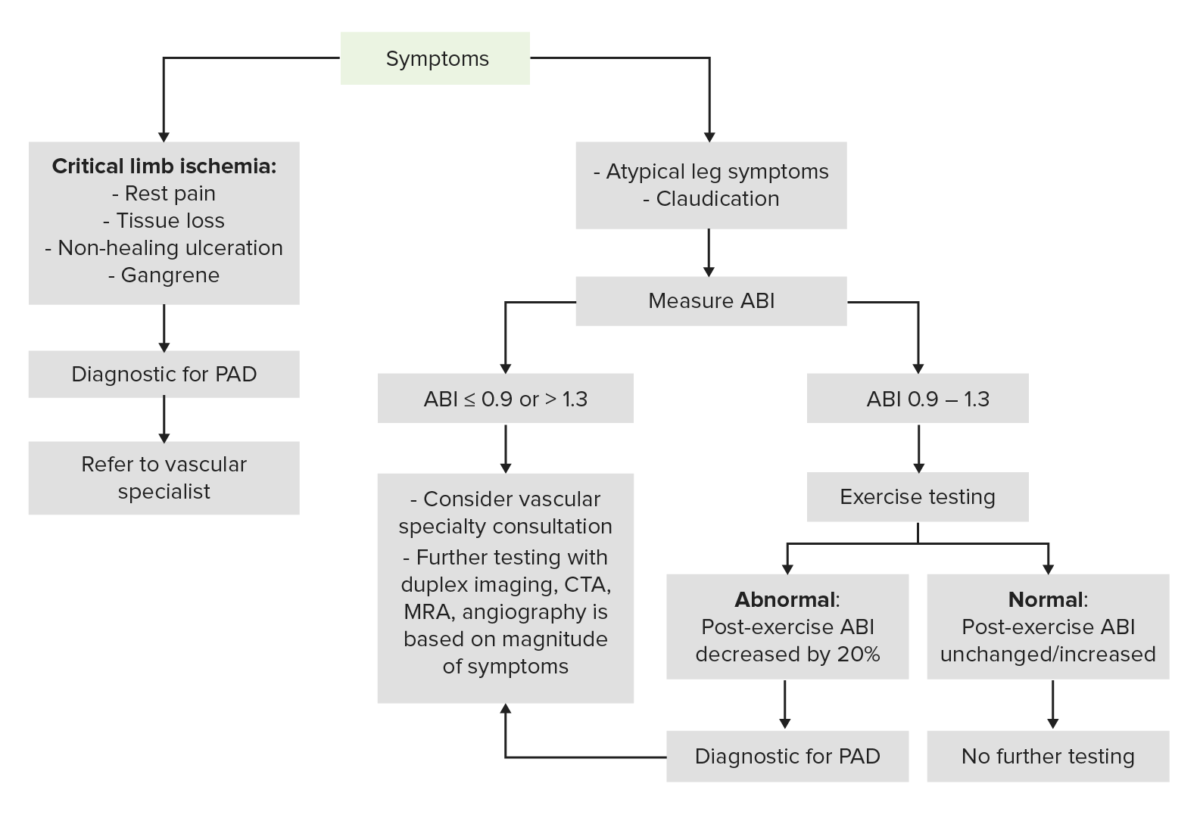


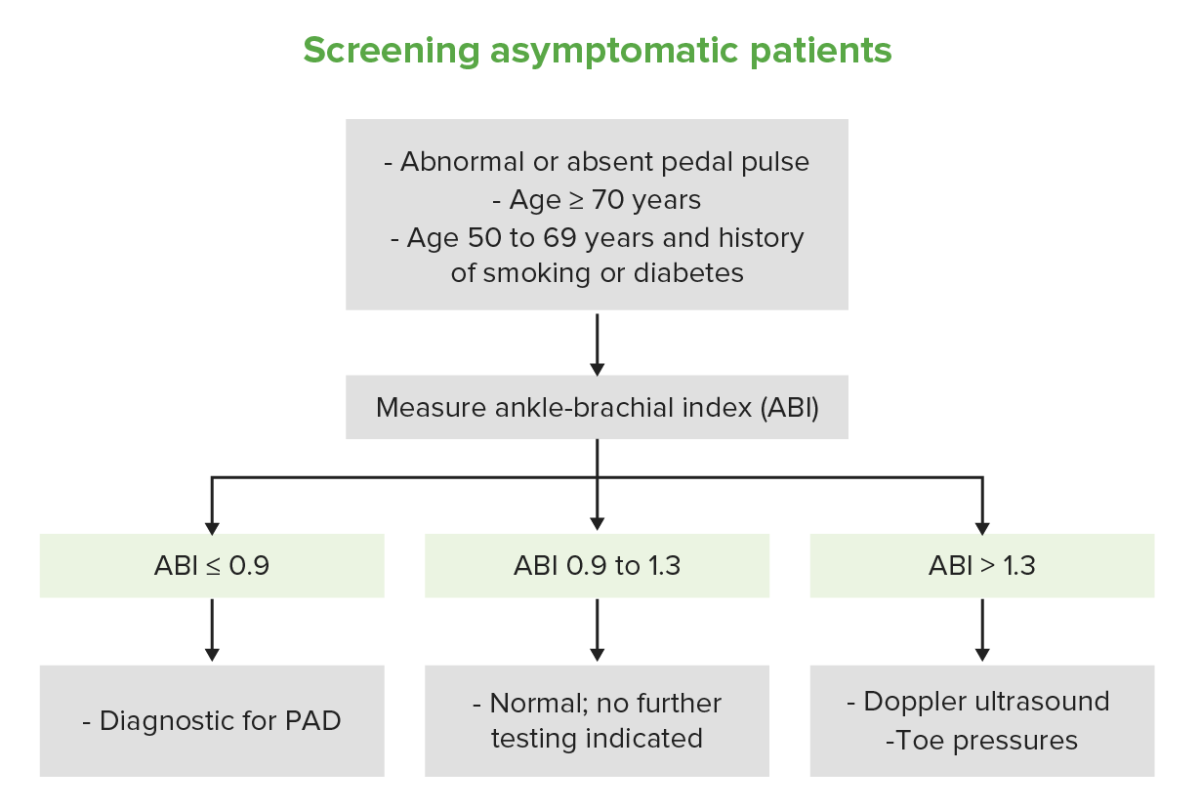

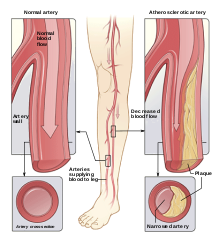


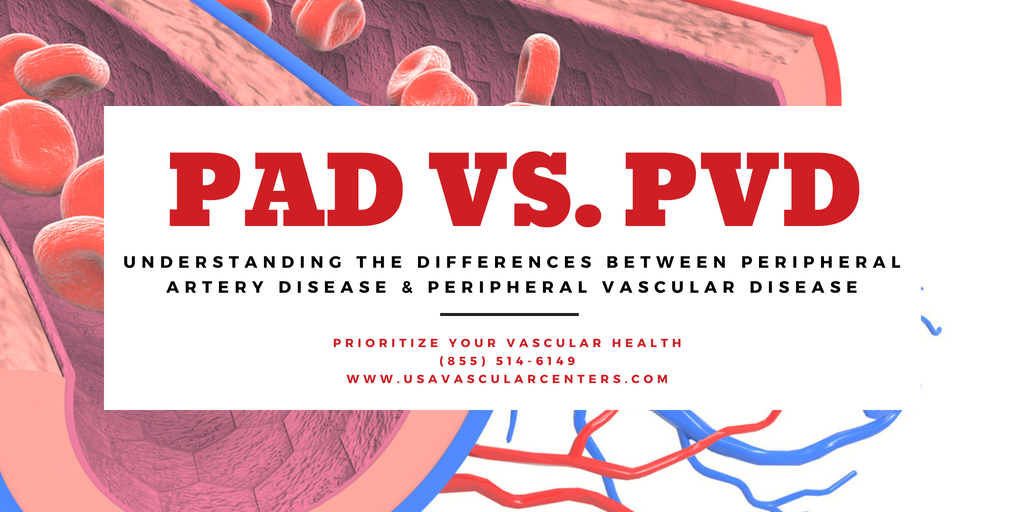
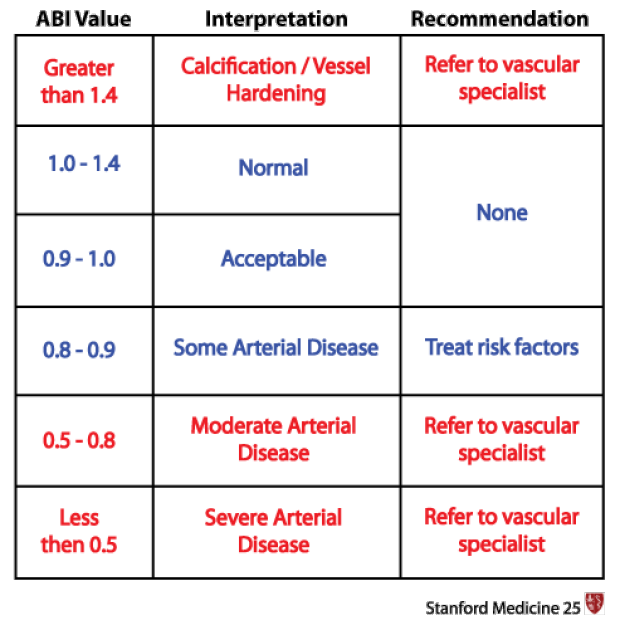
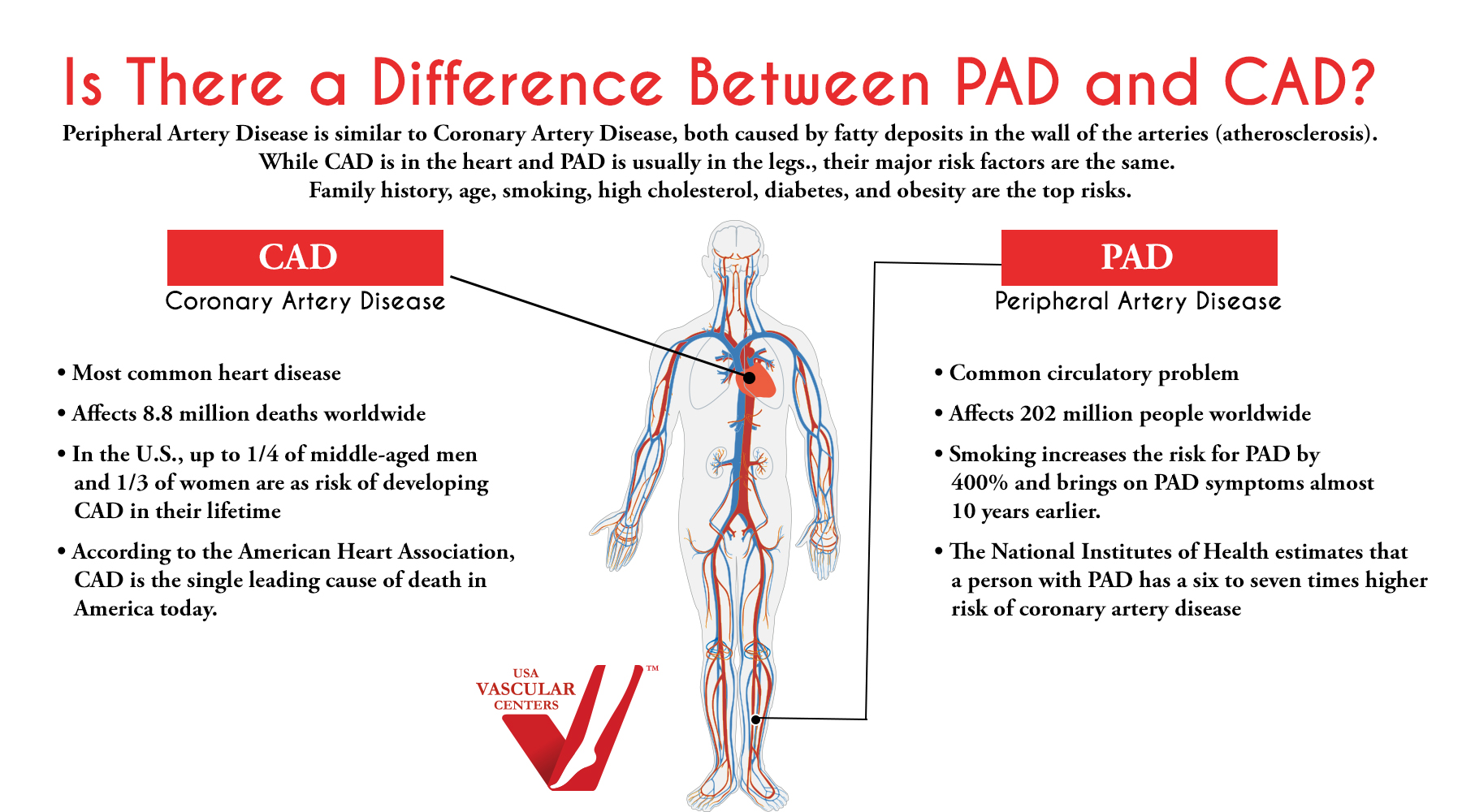


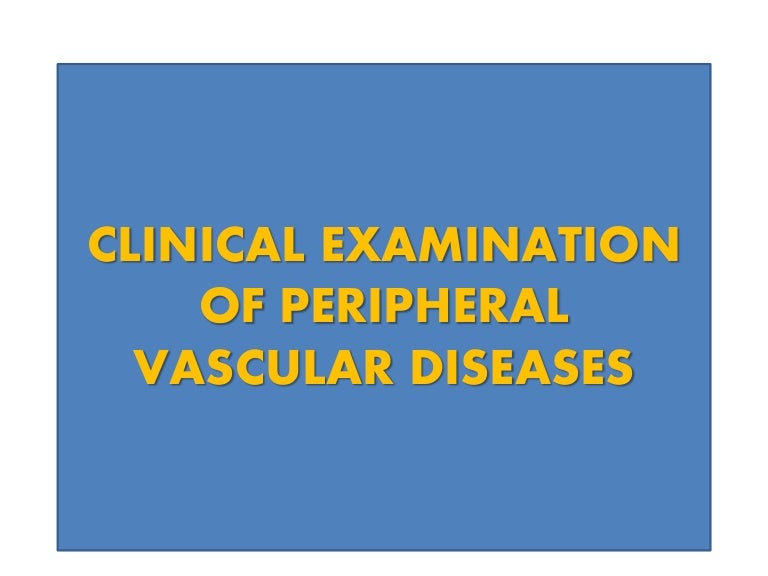
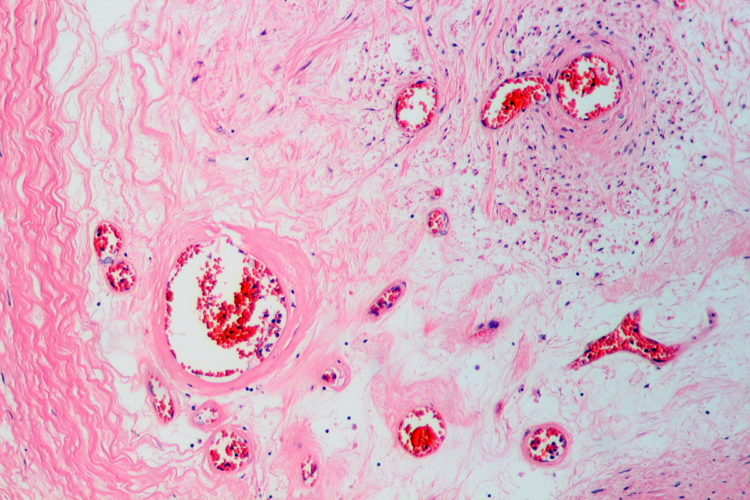

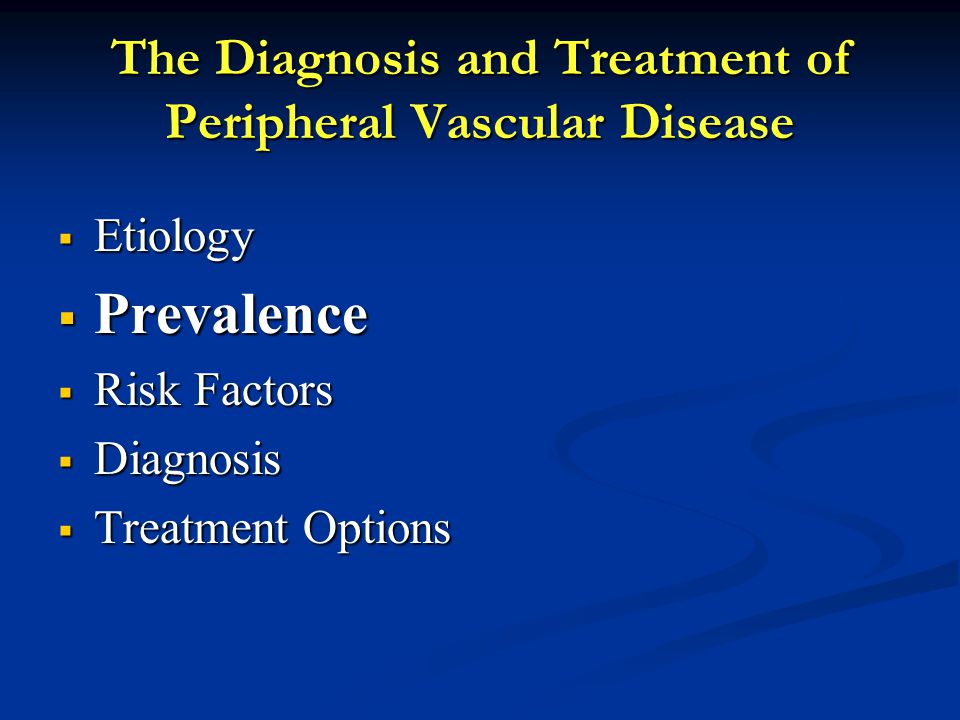
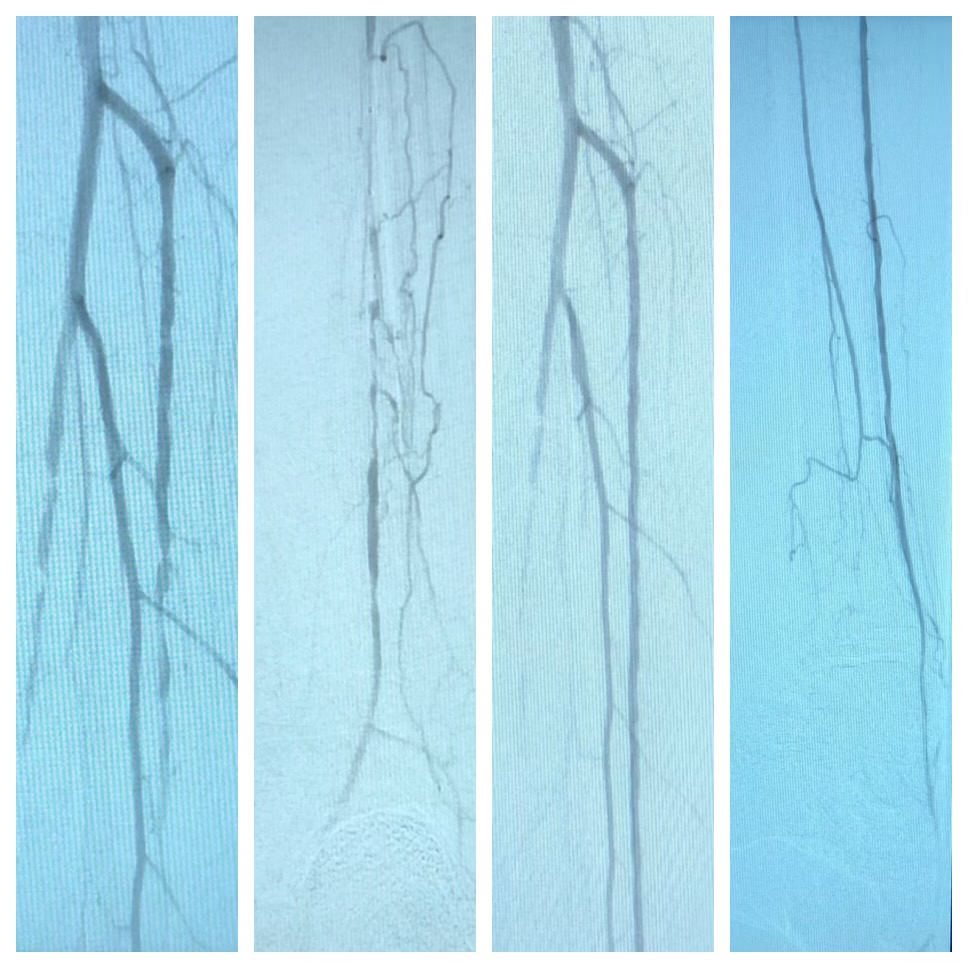
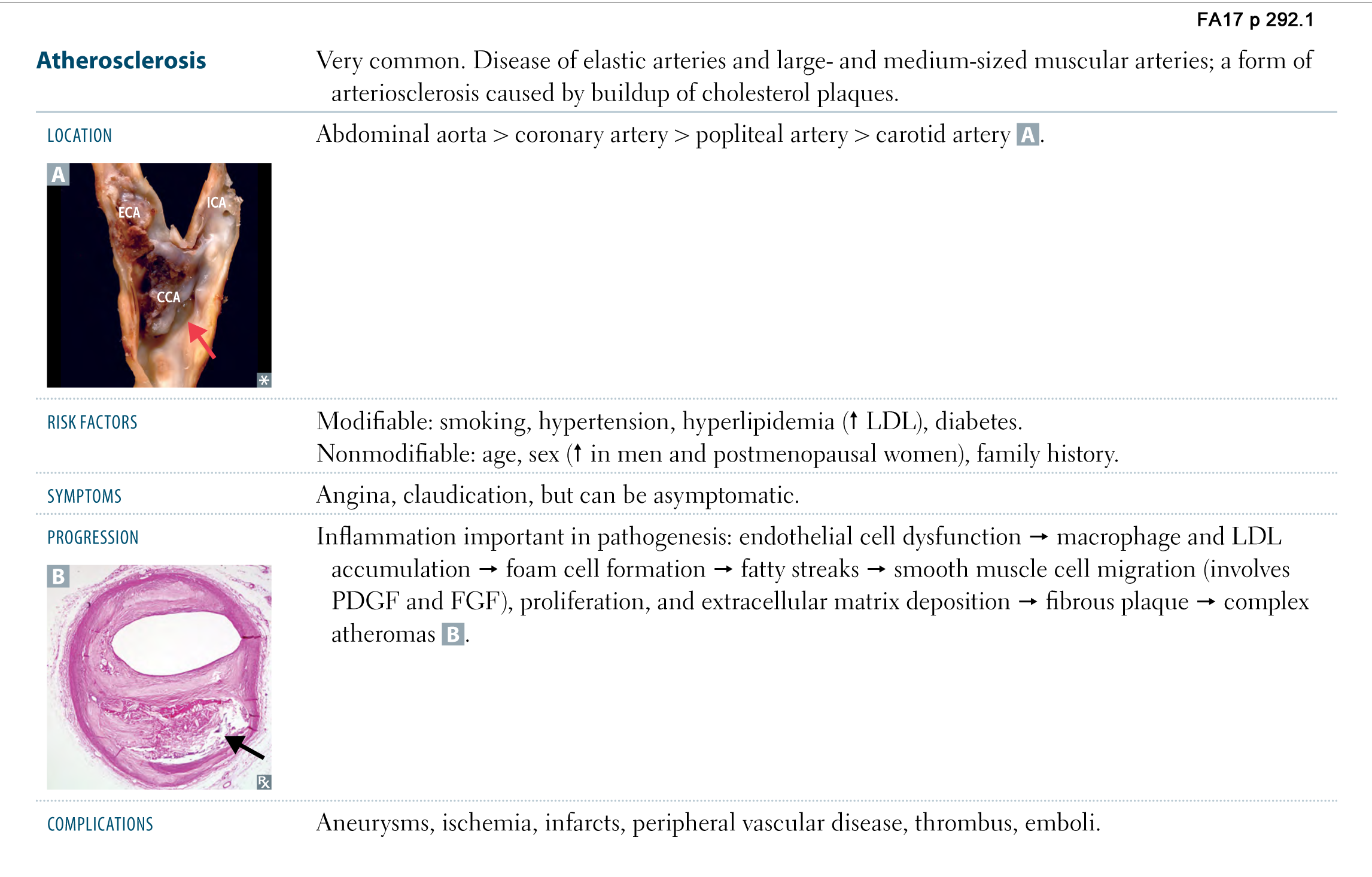




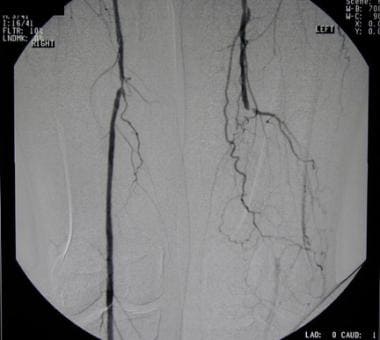



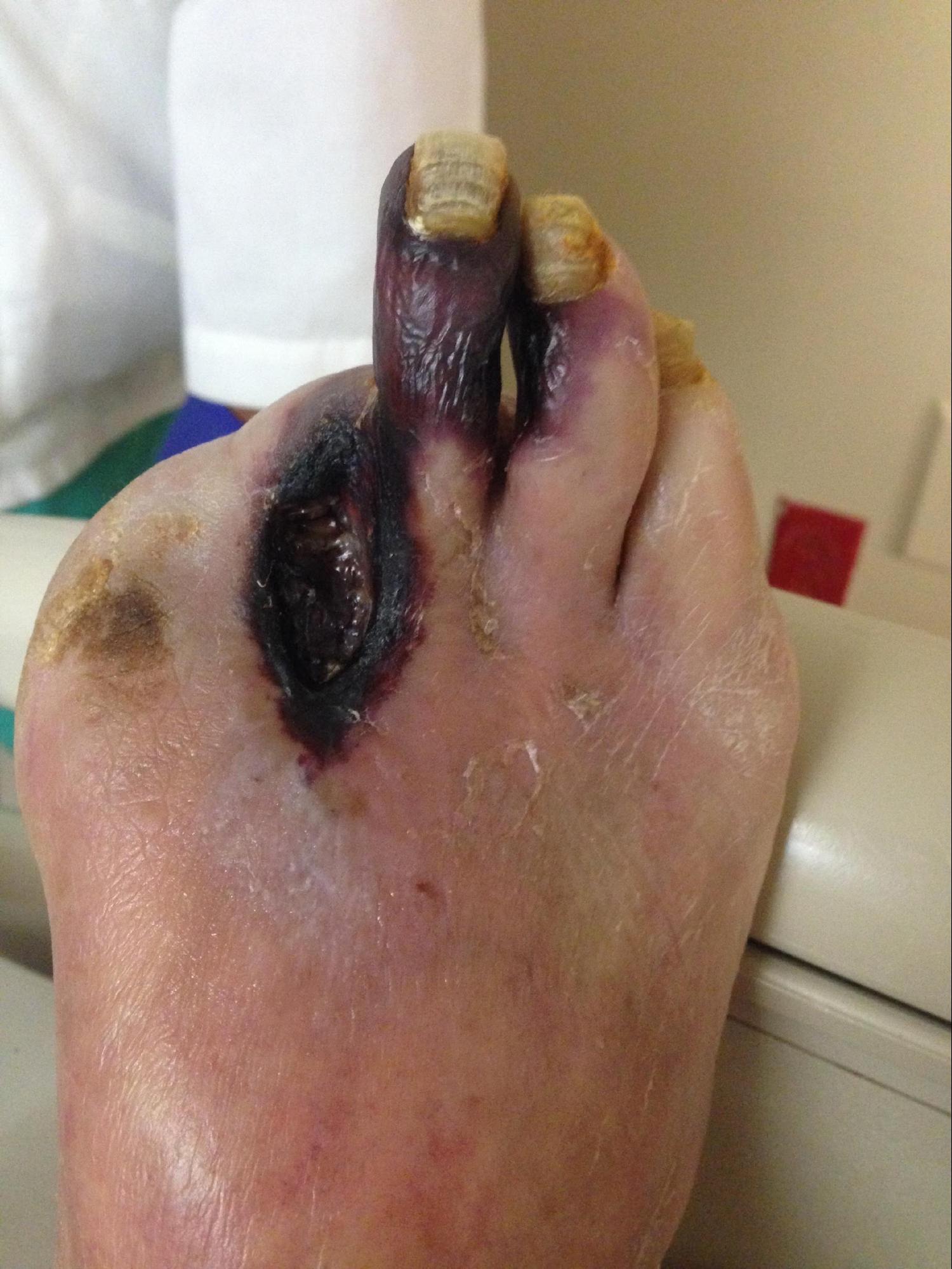


:max_bytes(150000):strip_icc()/the-differences-between-alzheimers-vascular-dementia-98750-5c86972946e0fb00010f1122.png)

Post a Comment for "Peripheral Vascular Disease Usmle"